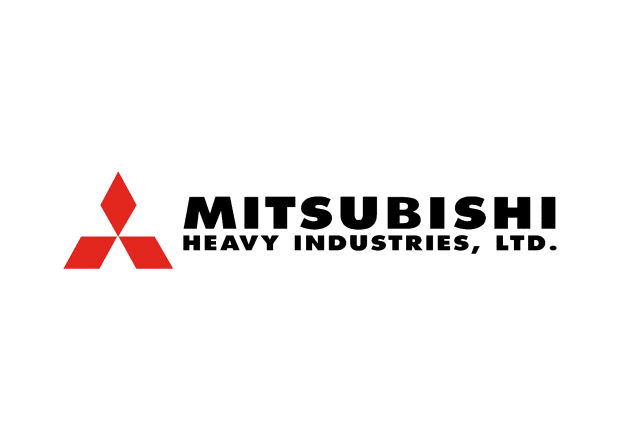Nuclear Reactors 684 - Mitsubishi Heavy Industries Developing An Explosion Proof Robot For Plant Inspections
The Japanese have a phrase that references jobs that are dirty, dangerous or drudgery. Robots have been handling drudgery for decades. Dirty is still being done by humans. Robots are being developed to handle dangerous. Robots have been developed there to penetrate the ruins of the Fukushima nuclear power plant that was destroyed by flooding and meltdowns resulting from the big earthquake in the ocean off Japan in March of 2011. Many of the robots were not able to finish their tasks because they were destroyed by the intense radiation. Fukushima continues to be an inspiration for robotic evolution.
Mitsubishi Heavy Industries (MHI) in Japan developed some of the robots used at Fukushima. They have used the experience gained to develop robots that can be used to inspect and monitor industrial facilities. An “explosion-proof” prototype MHI robot called EX ROVR has recently been tested at a Japanese oil refinery. The EX ROVR was designed to be able to withstand damage from explosions that might occur during inspections, including explosions that might have been caused by the robot itself.
MHI and JXTG Nippon Oil & Energy Corporation jointly conducted a test of the EX ROVER at the JXTG Mizushima Refinery in Kurashiki in Okayama Prefecture. As part of the test, the robot autonomously moved through several floors of the plant building. It had to deal with stairs as it collected data from various sensors and docking itself at a charging station to replenish batteries.
The robot is still being developed but the recent test proved that it meets the minimum requirements for basic functionality to carry out routine patrol inspections at the JXTG Energy plant. It was also able to handle emergency situations in the test. The results of the test will be analyzed in detail to resolve outstanding issues and to make improvements in the design.
More tests will be conducted, and demonstrations of abilities will be carried out in a wide range of different plant environments in order to "further expand inspection and surveillance functionality and enhance safety", with the aim of developing a commercial inspection system. MHI said that it is developing the explosion-proof plant inspection robot "based on its success with robotics technologies in such areas as support for nuclear plant accident containment".
MHI developed the MEISTeR (Maintenance Equipment Integrated System of Telecontrol Robot) based on the design of the RaBOT (Radiation-proof Robot) which was constructed to deal with a critical accident at the Tokai-mura nuclear fuel processing facility. The design of the MEISTeR includes two arms which can be fitted with different tools. It is able to execute such tasks as carrying objects, drilling holes and opening and closing valves.
MHI also developed the Super-Giraffe (Global Innovative Robot Arm for Future Evolution) to perform tasks at the Fukushima nuclear power plant. The Super Giraffe has four modules including a platform, a load-lifting module, a robot arm and an attachment tool.
While I am impressed by MHI’s accomplishments in robotics I would be interested in knowing just how bad an explosion the EX ROVR will be able to survive. The images I have seen make it look pretty vulnerable.
